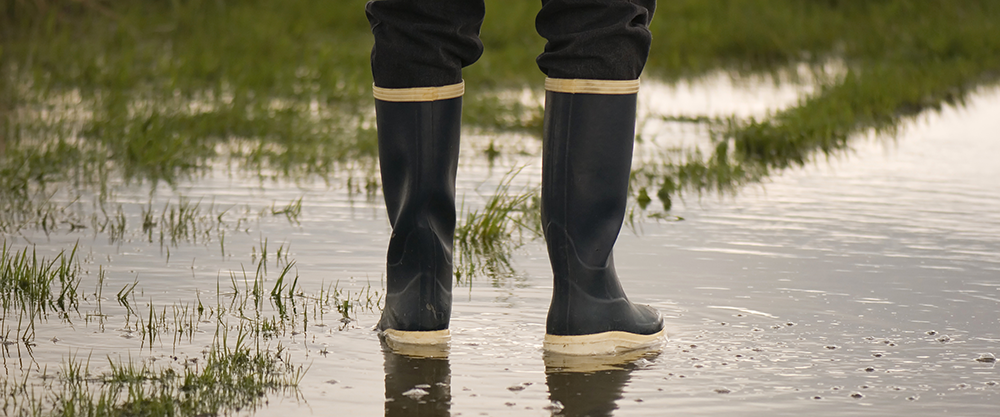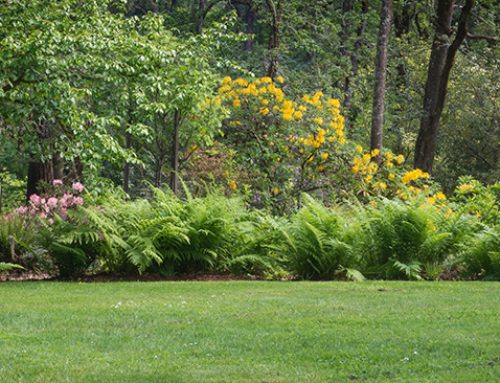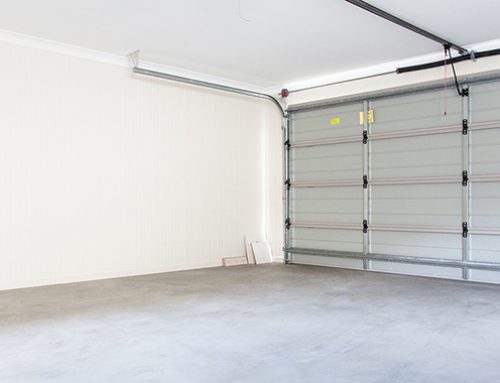Having a lovely yard is the dream of every homeowner. Landscaping can enhance the appeal of a yard, but without proper drainage this can all be under water with just one rain shower. The chances of this happening will increase if your home is located at the base of a slope. If the water in your yard does not drain out fast enough, it might even flood your house at some point. The best way to prevent yard flooding is to check these issues before you buy a new property. However, most of these problems tend to surface later on, thus finding a lasting solution is the only remedy left.
City council websites usually list solutions to flooding problems, especially in areas that are prone to heavy rain and extreme storms. The first thing that would be suggested is to locate the source of the water. In most cases, the water might have flowed down a slope and pooled in your yard or it might be excess roof water that has flowed down and gathered in one spot.
Backyard Drainage Solutions
There are different types of drainage solutions available and depending on the kind of problem you have in your yard, you must implement the solution. The tools required for this include a hammer, drill, tape measure, level, garden rake, wheelbarrow, and a spade to name a few. The materials you may need include crushed rock, drain tubing, and drain cover amongst others.
The portion of the yard where water logging occurs can be elevated with the help of some organic mulch and topsoil. This will prevent water from pooling in that spot and solve your problem.
- French Drains
One simple solution to problematic drainage is installing French drains either at one spot or in various locations throughout the yard. Here, a trench will be dug in the soil to transport the accumulated water to other places in the yard. The best spot for the trench will be at a level lower than that of the house and it will have to be dug fairly deep. This solution is best suited for yards with one pinpointed problem area or just a couple of troubled spots that see water logging. - Dry Wells
This is an ideal solution for a yard with major drainage issues. As the name suggests, it is a well which stores the excess water during times of flooding. Once the water collects in the well, it will be let out into the soil slowly over a period of many days, thus avoiding instantaneous flooding. Tubes and pipes may be affixed to the well to facilitate the flow of water into and out of the well. You can also divert the water to some spot outside your yard depending on local regulations. Dry wells must also be situated at a much lower level than the house itself. - Sump Pumps
This is considered the most effective method of dealing with flooded yards. However, it is also perhaps the most expensive to install. A sump pump sucks out the water and pumps it into a spot some distance away. The sump pumps are installed in pits specially dug to hold them. As the pit fills with water, the pump turns on and drains the water away. To learn more, read our guide on How to Install a Sump Pump. - Curtain Drains
Such drains help to move water from low-lying areas and take it away through a perforated drain pipe surrounded by stones and covered with a filter cloth. The water is then carried downhill away from the yard. The gravel helps make the drain accessible in the event of any repairs or blocks that may have to be cleared. - Elevate the Yard
The portion of the yard where water logging occurs can be elevated with the help of some organic mulch and topsoil. This will prevent water from pooling in that spot and solve your problem in a decent amount of time.
Before You Dig
Yards which comprise of clay soil may need some type of soil augmentation with a compost mixture several times before the drainage can be improved. Whichever solution you decide to implement, it is essential to check with the concerned authorities about any laws that may be in place. Failing to do so can fetch you fines, not to mention the loss incurred if you have to change your drainage solution all over again. Also, before you start digging up your yard to rectify your flooding problem you should call 811 or your local utility providers to confirm where their piping may be located.
Content provided by Home Depot






